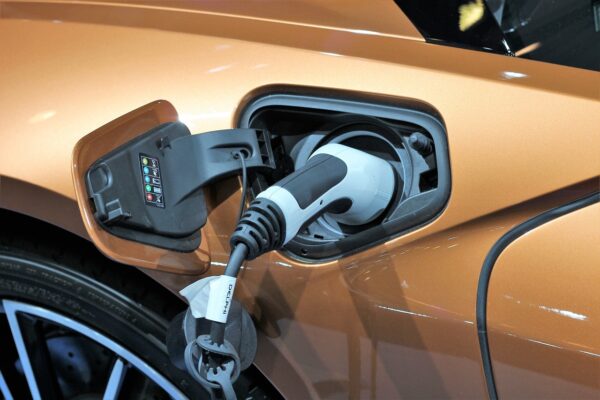The Australian Energy Market Operator (AEMO) will work with Victorian distributed network service provider AusNet to build a national open data exchange that will coordinate the multiple existing digital standards and platforms and simplify the integration of consumer energy resources (CER).
AusNet network strategy and planning General Manager Rod Jones said CER devices are currently coordinated by energy service providers through a growing number of point-to-point connections.
Jones said this arrangement risks creating a fragmented energy system and limits customers’ ability to maximise the benefits from their investment.
The CER Data Exchange is intended to simplify and support CER integration by developing a common digital infrastructure for information sharing, market access and coordination across the National Electricity Market (NEM).
“A national data exchange will make it possible for energy companies to support greater customer uptake of these technologies,” Jones said.
AEMO has forecast in its 2024 Integrated System Plan that CER in the NEM could reach 86 GW of rooftop solar and 27 GW of flexible demand by 2050.
Analysis by Deloitte Access Economics suggests that building a common digital platform for solar, batteries and other CER to work together could unlock up to $6 billion in benefits over the next 20 years.
AEMO Executive General Manager of Reform Delivery, Violette Mouchaileh said enabling small-scale energy resources to be an integrated part of the electricity system will be key to the energy transition.
“We are building on recommendations, evidence and research conducted both here in Australia and internationally that showed CER that are coordinated at scale can help to improve electricity reliability and grid-security,” she said.

Image: GoranH, Pixabay
The Australian Renewable Energy Agency (ARENA), which is supporting the CER Data Exchange initiative through a $1.2 million grant from its Advancing Renewables Fund, said that without adequate digital infrastructure, these resources risk being poorly integrated and underutilised, denying consumers and the electricity grid their full value.
Assistant Minister for Climate Change and Energy Jenny McAllister described the common digital infrastructure as the “standard railway gauge” of the modern energy system.
“Rooftop solar is the second largest source of capacity in the national electricity system, so making the most of home energy means we can make energy more reliable and more affordable for everyone,” she said.
“As Australians adopt more technology like batteries, EVs and smart appliances, being able to interact easily with the grid will only become more important.”
In separate funding, ARENA has announced $337,000 funding to GridWise Energy Solutions as part of an $800,000 software project that will make it easier for renewable energy to be connected to the grid.
toward power systems expert GridWise Energy Solutions’ $800,000 Dynamic Model Validation project.
ARENA is separately providing $336,000 funding to GridWise Energy Solutions as part of an $800,000 software project that will make it easier for renewable energy to be connected to the grid.
The Dynamic Model Validation project.will seek create a standardised, online assessment platform for project developers to self-validate their renewable energy generator models prior to submission to network service providers and AEMO.
GridWise will work with Coleman Laboratories, and transmission networks AusNet and Transgrid, to develop the software and streamline the connection application process making it simpler and faster to assess connection of new renewable generation.
This content is protected by copyright and may not be reused. If you want to cooperate with us and would like to reuse some of our content, please contact: editors@pv-magazine.com.








By submitting this form you agree to pv magazine using your data for the purposes of publishing your comment.
Your personal data will only be disclosed or otherwise transmitted to third parties for the purposes of spam filtering or if this is necessary for technical maintenance of the website. Any other transfer to third parties will not take place unless this is justified on the basis of applicable data protection regulations or if pv magazine is legally obliged to do so.
You may revoke this consent at any time with effect for the future, in which case your personal data will be deleted immediately. Otherwise, your data will be deleted if pv magazine has processed your request or the purpose of data storage is fulfilled.
Further information on data privacy can be found in our Data Protection Policy.